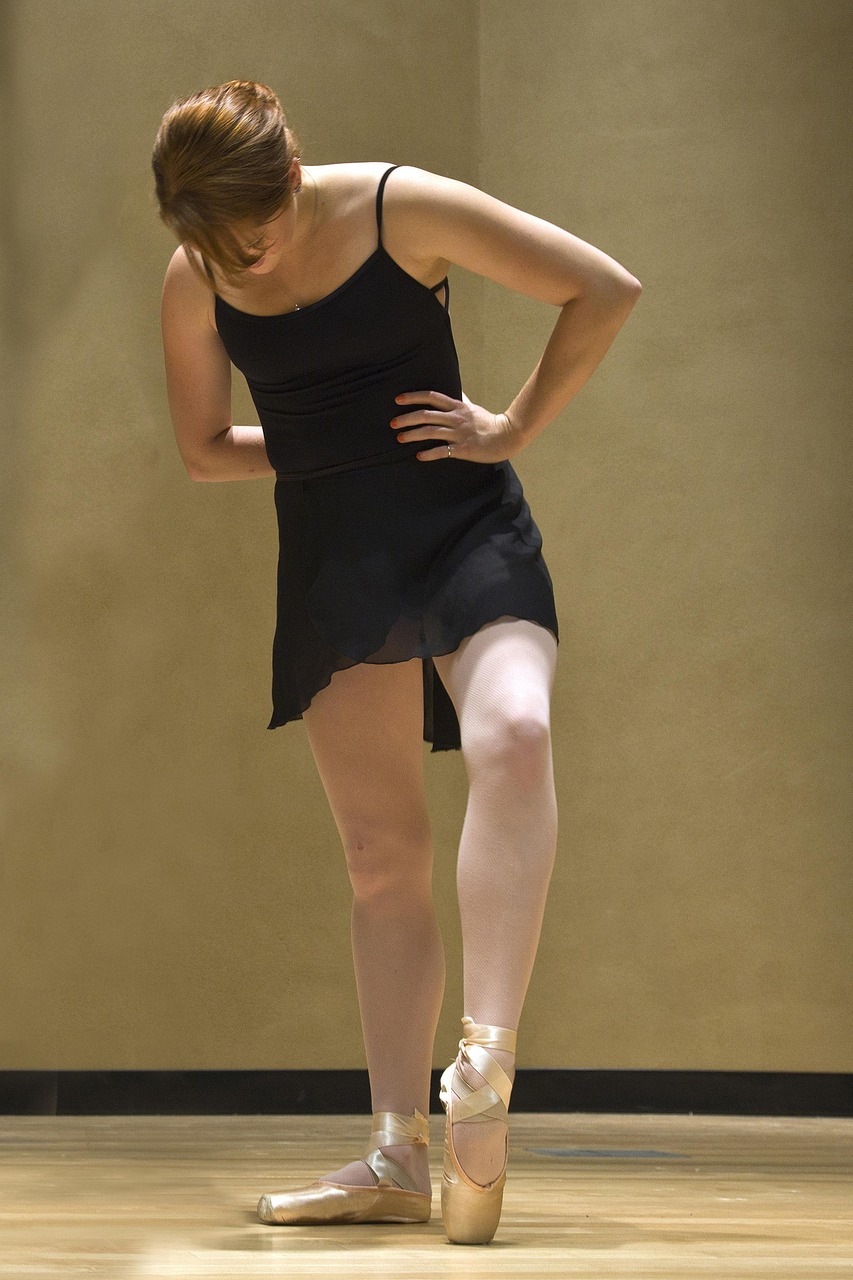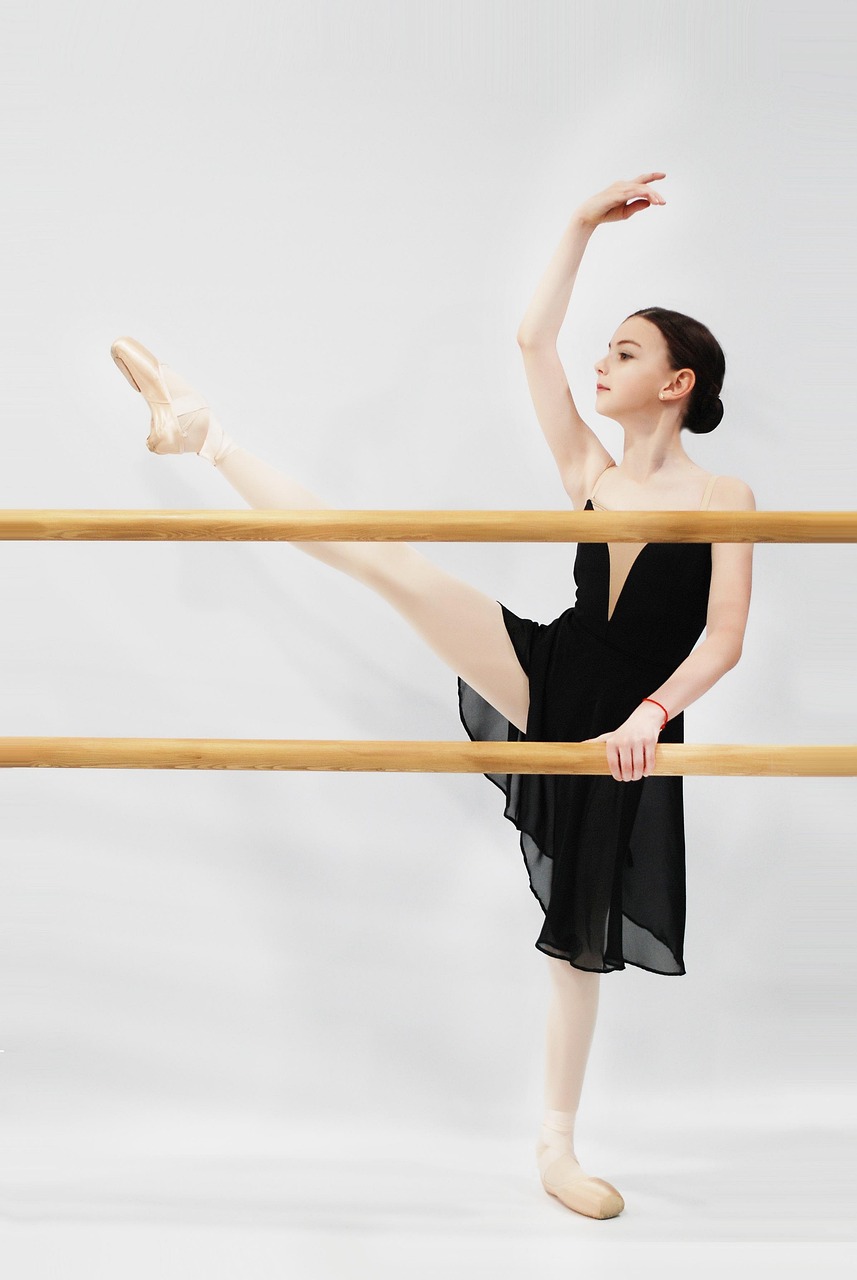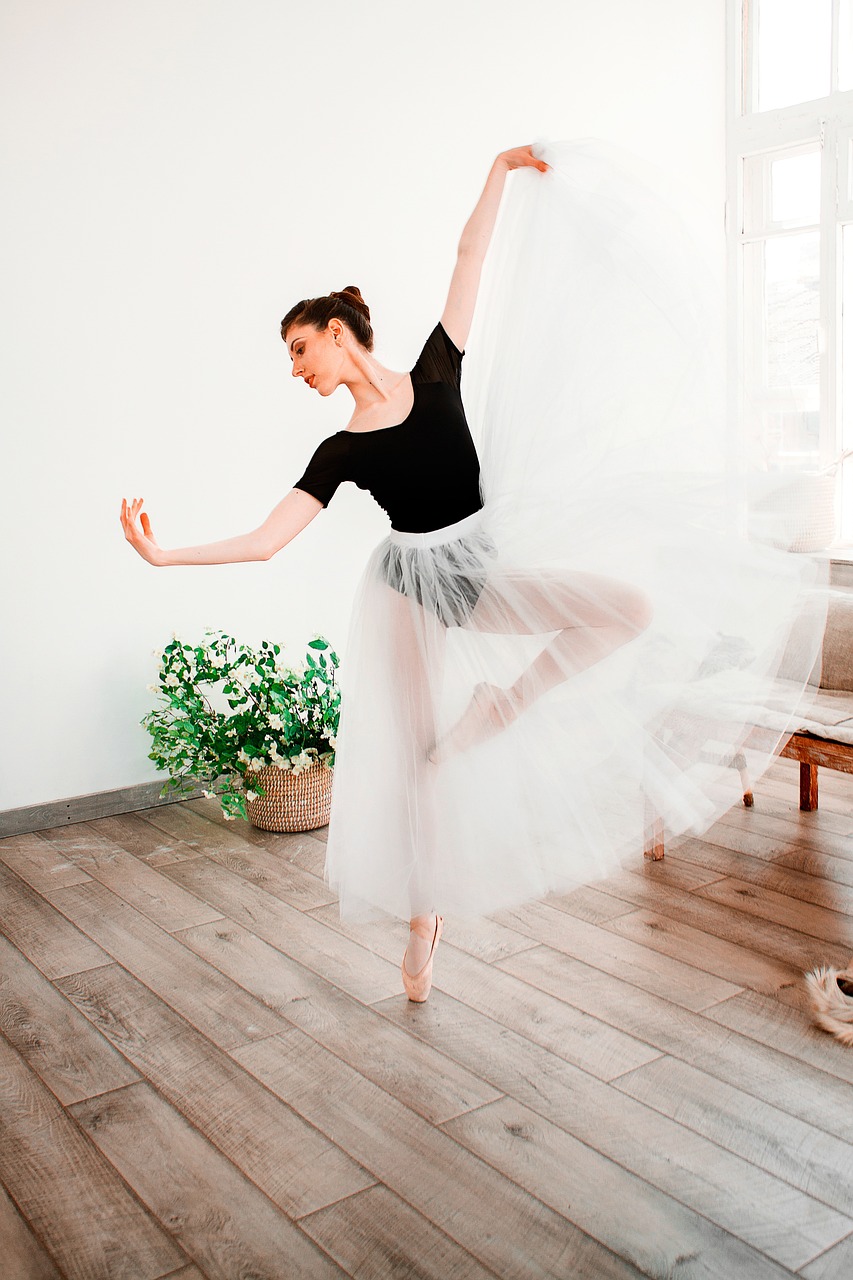TL;DR
- Mental preparation helps transform anxiety into excitement for your first class.
- Set realistic expectations to focus on learning rather than perfection.
- Build confidence through positive self-talk and visualization techniques.
- Establish pre-class rituals to create a sense of routine and calm.
- Embrace a growth mindset to view challenges as opportunities for improvement.
Stepping into your first ballet class can feel exhilarating yet intimidating. The unfamiliar environment, new movements, and self-consciousness about your abilities often stir up a mix of emotions. However, mental preparation is just as crucial as physical readiness. By cultivating the right mindset, you can transform nervousness into motivation, making your debut more enjoyable and productive. This guide will walk you through practical strategies to prepare mentally for your first ballet experience.
Why Mental Preparation Matters
Ballet is not only a physical discipline but also a mental one. Your mindset influences how you approach challenges, handle feedback, and enjoy the process. Without proper mental prep, anxiety can hinder your ability to learn and relax into the movements.
- Reduces Anxiety: Acknowledging and addressing fears beforehand prevents them from overwhelming you during class.
- Enhances Focus: A calm mind allows you to concentrate on instructions and body awareness.
- Boosts Enjoyment: Approaching class with positivity turns it into a fun, fulfilling activity rather than a stressful ordeal.
- Builds Resilience: Early mental habits help you bounce back from mistakes and persist through difficulties.
Setting Realistic Expectations
One of the biggest sources of first-class jitters is unrealistic expectations. Beginners often imagine themselves executing perfect pirouettes or feeling instantly graceful, which can lead to disappointment.
- Embrace Beginner Status: Remember, everyone starts somewhere. Your instructor and classmates were once in your position.
- Focus on Progress, Not Perfection: Aim to learn one or two new things per class rather than mastering everything immediately.
- Understand the Learning Curve: Ballet requires time to build strength, flexibility, and coordination. Celebrate small wins, like holding a position longer or remembering a term.
By setting achievable goals, you’ll shift from self-criticism to self-encouragement, creating a more supportive internal dialogue.
Building Confidence Through Positive Self-Talk
Negative thoughts like “I’m not coordinated enough” or “Everyone will judge me” can sabotage your experience. Counter them with affirmations and evidence-based positivity.
- Identify Negative Patterns: Notice recurring doubts and challenge them with facts. For example, replace “I’m too old to start” with “Many adults begin ballet successfully.”
- Practice Affirmations: Repeat phrases like “I am capable of learning” or “This is a safe space to explore” before and during class.
- Visualize Success: Spend a few minutes imagining yourself in class, moving confidently and enjoying the process. This technique reduces anxiety by familiarizing your mind with positive outcomes.
Consistent positive self-talk rewires your brain to view ballet as an opportunity rather than a threat.
Pre-Class Rituals for Calm and Focus
Establishing routines before class can signal to your body and mind that it’s time to prepare, reducing last-minute stress.
- Arrive Early: Give yourself buffer time to settle in, change, and observe the studio environment without rushing.
- Breathing Exercises: Practice deep breathing—inhale for 4 counts, hold for 4, exhale for 4—to center yourself and lower heart rate.
- Mindful Warm-Up: Use the wait time for gentle stretches or visualization, focusing on how your body feels rather than performance.
- Listen to Uplifting Music: Play energizing or calming tunes on your way to class to boost mood and motivation.
These rituals create a sense of control and familiarity, making the unknown feel more manageable.
Maintaining a Growth Mindset During Class
Once in the studio, adopt a mindset that views challenges as stepping stones. This approach fosters long-term enjoyment and progress.
- Embrace Mistakes as Learning Tools: When you stumble, think “What can I learn from this?” instead of “I’m failing.”
- Stay Present: Focus on the current movement rather than worrying about the next or past errors. Mindfulness keeps anxiety at bay.
- Connect with Your Body: Pay attention to sensations and alignment, treating class as an exploration of your physical potential.
- Celebrate Effort: Acknowledge your willingness to try, regardless of the outcome. This builds intrinsic motivation.
A growth mindset transforms ballet from a performance into a journey of self-discovery.
Post-Class Reflection and Self-Care
After your first class, reflect to reinforce positive mental habits and plan for future sessions.
- Journal Your Experience: Note what felt good, what was challenging, and one thing you’re proud of. This practice builds self-awareness.
- Practice Self-Compassion: Be kind to yourself if things didn’t go perfectly. Rest, hydrate, and engage in relaxing activities.
- Plan for Next Time: Set small, actionable goals based on your reflections to maintain momentum and reduce future anxiety.
Conclusion
Mental preparation is the foundation of a fulfilling ballet journey. By setting realistic expectations, building confidence, and embracing a growth mindset, you’ll approach your first class with excitement rather than fear. Remember, ballet is about the joy of movement and self-expression, not flawless execution. With these strategies, you’ll not only survive your debut but thrive in it, paving the way for continued growth and passion in dance. Happy dancing—your ballet adventure awaits!



